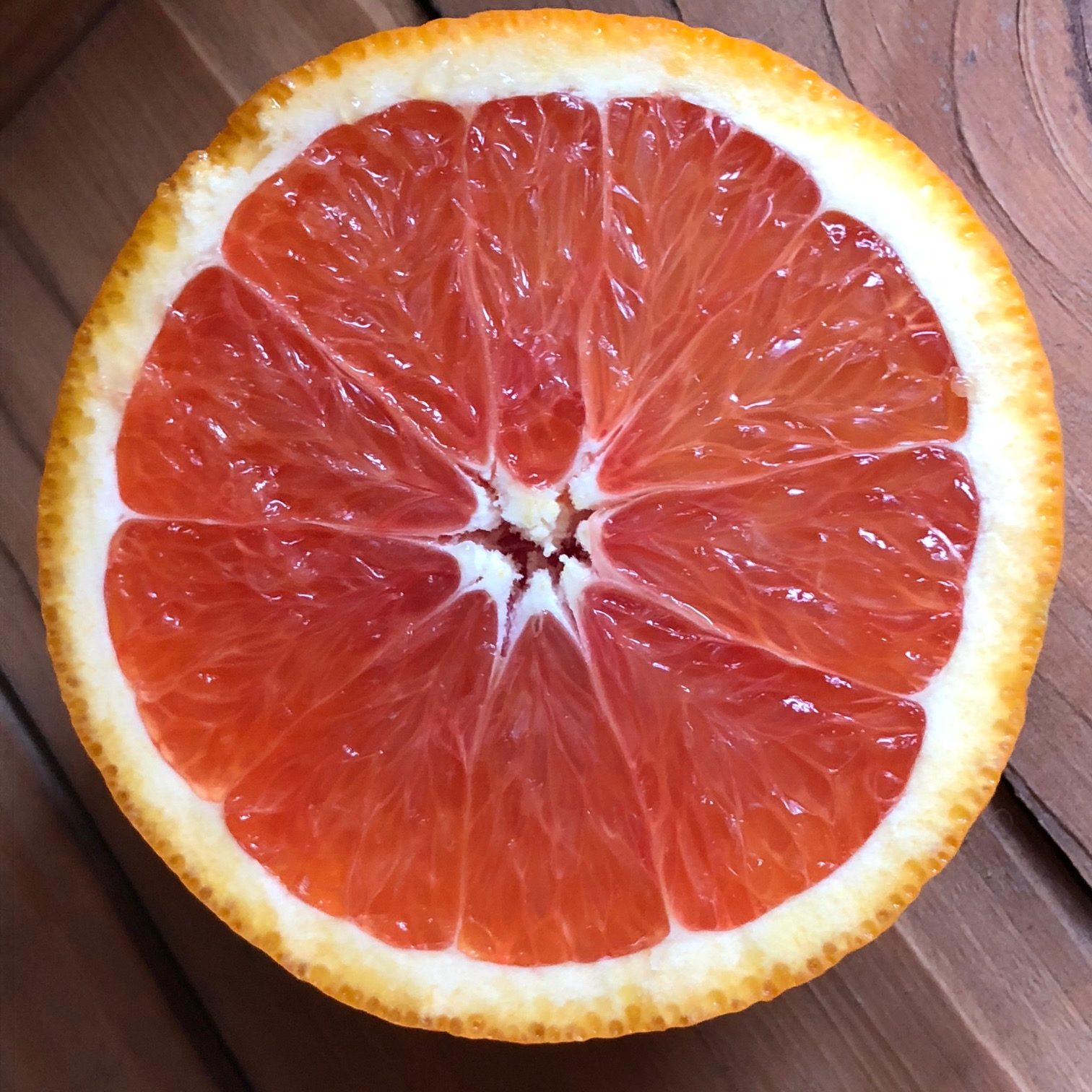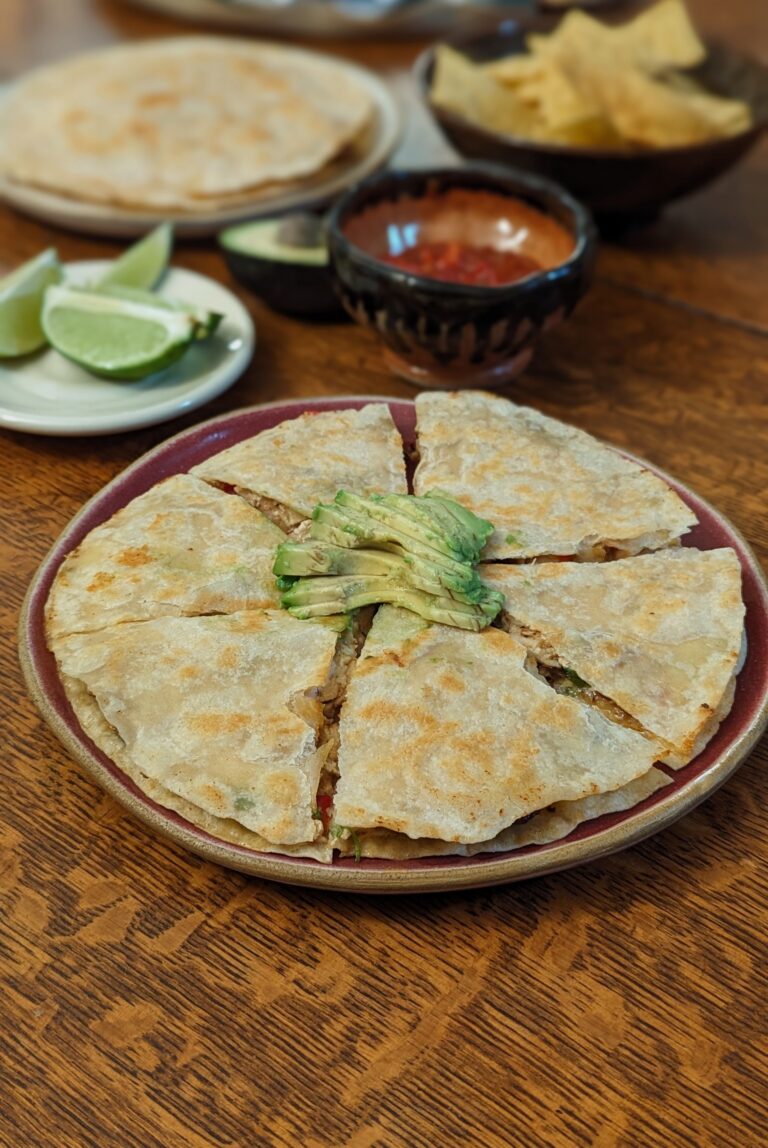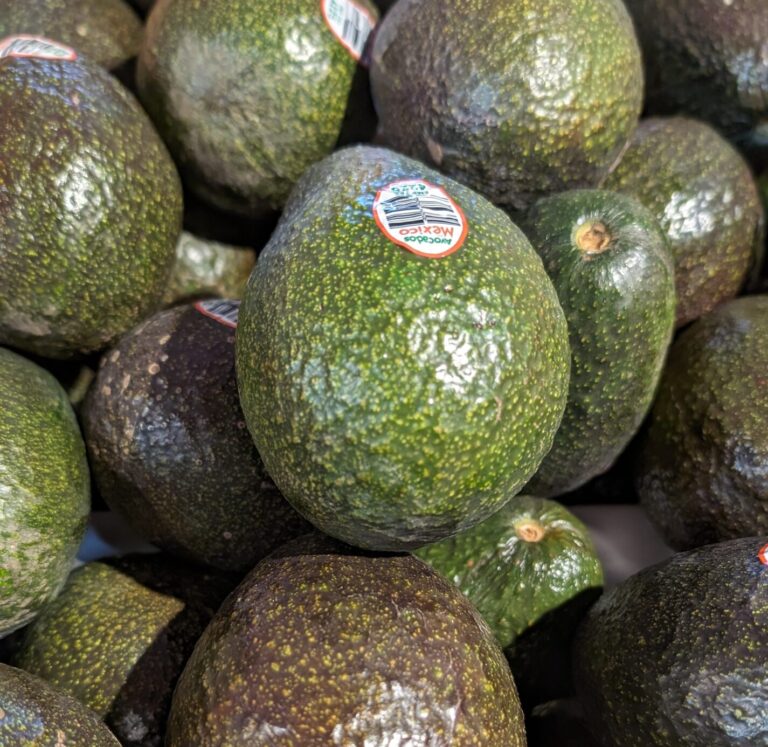Most of us grew up on naval oranges, clementines, and grapefruit. But Kishus and Satsumas? They sound more like dog breeds than types of citrus fruit (and one of them is both … read on to learn more)!
Right now at the Market, we’ve got 10 different varieties of citrus, fresh from California and Florida. And a few of them you may not be familiar with. Although they each have their own unique flavor profile, they’re all sweet and tangy and packed with Vitamin C, folate, and potassium.
If you’re not familiar with the various types, you should give them a try. Here’s a little primer to help guide your citrus tasting experience:
 Kishu Tangerine (a.k.a. Kishu Mandarin)
Kishu Tangerine (a.k.a. Kishu Mandarin)
This seedless, tiny (2-5 cm in size), and super sweet fruit has been a favorite in China and Japan for 2,000 years. Like a clementine, they’re easy to peel and divide into sections, making them a great lunchbox item. They’re known for their fragrance and sweet taste. Eat them like candy or chop them up and add to muffin batter, your favorite salsa, or a salad. And you were right if you guessed Kishu is also a Japanese dog breed!)
 Satsuma Mandarin
Satsuma Mandarin
If you’re a clementine fan, you’ll love Satsuma mandarins. They’re the gourmet version of your typical tangerine or clementine … sweeter, juicier, and more tender. Native to Japan, this seedless fruit came to the U.S. in the 18th century and is grown along Florida’s Gulf Coast and in California. You’ll recognize Satsumas in the Market by their stems and green leaves, which are left attached when the fruit is picked. Not only are they delicious, they’ll look beautiful in a bowl on your countertop.
 Moro Blood Orange
Moro Blood Orange
Grown traditionally in Mediterranean countries (the fruit is believed to have originated in Sicily in the 1700s), the Moro Blood Orange is now grown in California. Blood oranges have a bluish-crimson flesh thanks to the presence of anthocyanins, a family of polyphenol pigments that gives blueberries and grapes their purple color. The fruit is seedless with a distinctive raspberry-citrus flavor, and is slightly more difficult to peel than your typical naval orange. It can be incorporated into a wide variety of sweet and savory recipes.
 Minneola Tangelo
Minneola Tangelo
A cross between a Dancy tangerine and a Duncan grapefruit, the Minneola Tangelo was named after a little town down the road from the USDA Horticultural Research Center in Orlando, Florida, where the fruit was first introduced in 1931. Seedless and easy to peel, the Minneola is a popular lunchbox item. They’re also great in salads, juiced, or eaten out of hand. When in doubt, you’ll recognize the Minneola by its distinctive little “bulb” (or bump) on one end.
 Cara Cara Orange
Cara Cara Orange
Often referred to as the “pink naval,” these seedless, low-acid oranges are deep salmon in color with the texture of a naval orange and a flavor that is often described as a blend of tangerine and grapefruit. The Cara Cara is the result of a cross-pollination of a Washington Naval Orange and a Brazilian Bahia Naval Orange, first discovered in Venezuela in 1976 and brought to the U.S. in the 1980s. This is what we call an all-natural hybrid fruit.
 Red Pomelo
Red Pomelo
If you’re not familiar with Pomelo, you’ll have no trouble picking one out at the Market. A Pomelo looks like a huge (at 15-25 cm) light green grapefruit. But when you cut it open, you’ll find that it has a much thicker rind and is less tart than a grapefruit. This natural (non-hybrid) citrus fruit has been grown in Southeast Asia for thousands of years. It is usually eaten fresh out of hand, but can be tossed in a salad or dipped in chocolate as a dessert.
 Kumquat
Kumquat
Native to China, this tiny fruit is super versatile—you can use kumquats in sweet and savory dishes or eat them whole. Luke in our produce department recommends rolling the kumquat between your fingers, to mingle the flavors of the sweet skin and tart flesh, before popping it in your mouth—skin and all! They’re often used in Asian cuisine, or can be baked into sweet breads or chopped up in a salad or salsa. Here are some recipe ideas.


